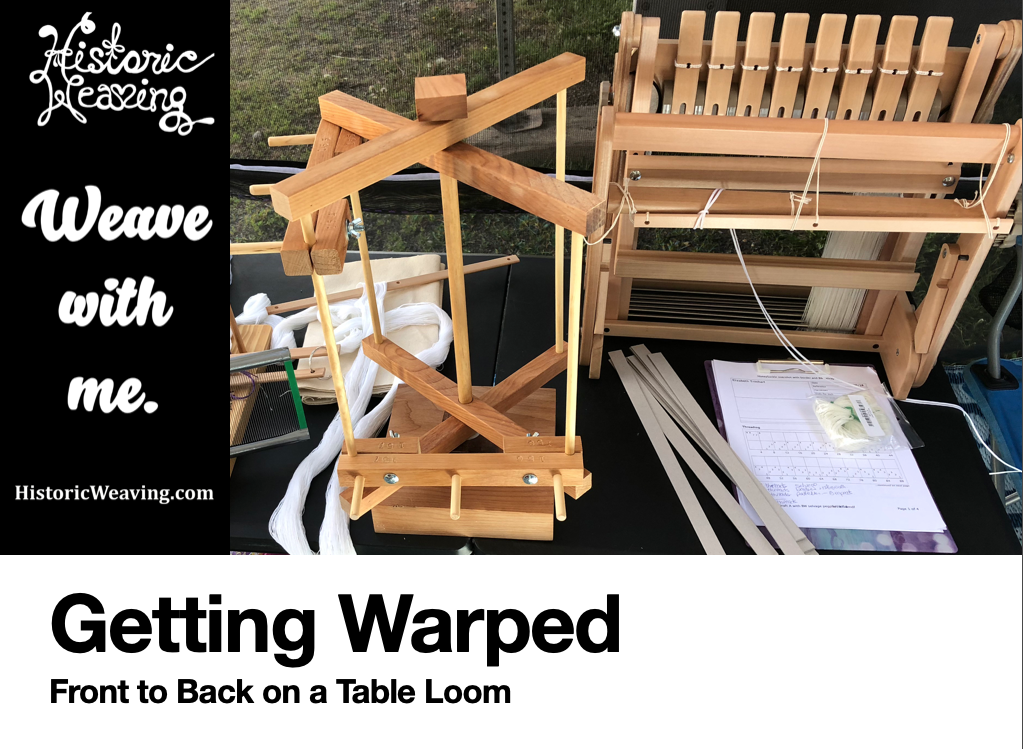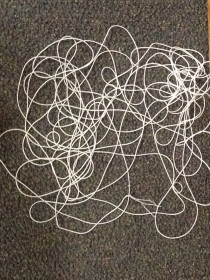
Do you struggle with warping your table loom? Would you like to reduce the time it takes to warp your next project while reducing threading errors and tension issues?
Learning to warp front to back can make your weaving look better and be less stressful. Spend more time designing and weaving than you do dressing the loom.
This method of warping works for both table looms and floor looms.
The illustrated guide contains many photos fully document the process and tools.
Instruction includes an example project to ensure you have the chance to practice your new weaving skills.
The concept of project planning is included and you can see how a warp calculated project worksheet is used to build a warp.
Click here to purchase – Getting Warped

